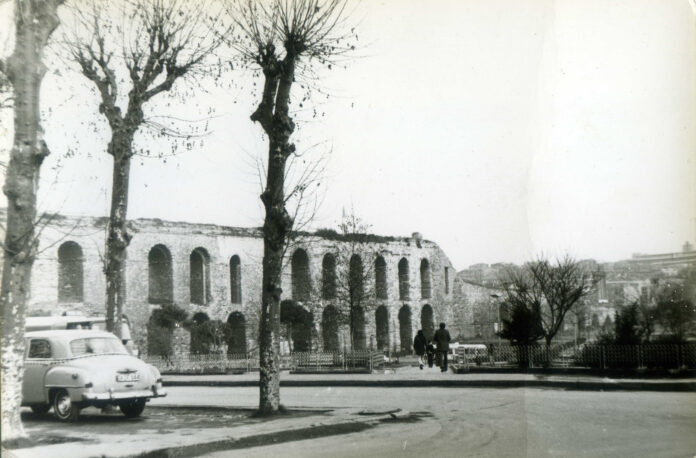In the 1970s, Istanbul’s downtown, particularly areas like Taksim and Beyoğlu, had a distinct character marked by a blend of history, culture, and a lively atmosphere. Some key aspects of Istanbul’s downtown in the 1970s include:
- Cultural Hub: Taksim Square and Beyoğlu were cultural and entertainment hubs. Istiklal Avenue, lined with shops, theaters, and cafes, was a bustling center for socializing and leisure activities.
- Historical Landmarks: The area featured historic landmarks like the Galata Tower, providing panoramic views of the city, and the iconic Taksim Republic Monument, symbolizing the founding of the Turkish Republic.
- Nightlife and Music: Istanbul’s downtown was known for its vibrant nightlife. Beyoğlu, in particular, was home to numerous bars, clubs, and music venues where various genres of music, including traditional Turkish music and international styles, could be enjoyed.
- Cinemas and Theaters: The district had several cinemas and theaters that contributed to the city’s cultural scene. Moviegoers and theater enthusiasts frequented these venues for entertainment.
- Commercial Activity: The area was a hub for commercial activity with a variety of shops, markets, and street vendors. It offered a mix of traditional bazaars and modern retail establishments.
- Transportation: Public transportation, including trams and buses, played a crucial role in connecting different parts of the city. The iconic red tram running along Istiklal Avenue was a notable feature.
- Social Spaces: Parks and squares served as social spaces for residents and visitors. People gathered in places like Gezi Park for relaxation and community events.
It’s important to note that Istanbul, like many cities, has undergone significant changes since the 1970s. Urban development, modernization, and shifts in cultural trends have transformed the cityscape. While some elements of the 1970s atmosphere may still be present, the overall dynamics of downtown Istanbul have evolved over the years.





















